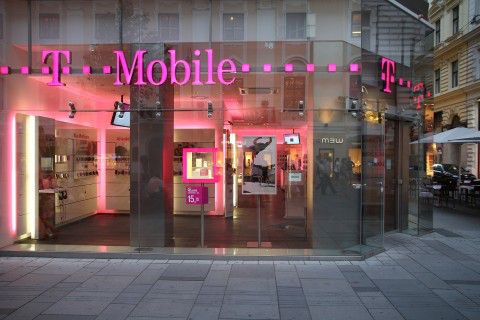FCC needs to level the spectrum acquisition playing field according to Tmo VP, Kathleen Ham
With every spectrum auction comes the opportunity for T-Mobile to improve and expand its network coverage. And if there’s one thing it needs to focus on in 2014, it’s coverage. Although its LTE rollout in 2013 was lightning fast, it still lacks the same quality high speed network in smaller cities and rural areas. But, coming by enough spectrum isn’t easy. It’s just coughed up over $3 billion to grab some of Verizon’s lower frequency airwaves, but that’s not enough to get Magenta-flavored LTE to the entire nation.
One of Tmo’s problems is the regulations and methods of offering up spectrum at auction, something T-Mobile’s Vice President of Federal Regulatory Affairs knows all too well. Kathleen Ham created a blog post yesterday evening to highlight this very issue. The problem is that frequently, these auctions sell blocks of spectrum covering big geographical areas. This method suits the big two carriers, AT&T and Verizon just fine, but it’s not ideal for any of the smaller and more competitive carriers. If spectrum auctions are going to be more fair, and generate fair competition between all the carriers, the airwaves need to be broken down in to smaller blocks, covering smaller locations.
50 megahertz of prime spectrum nationwide is at stake as the FCC finalizes its AWS-3 auction service rules, and not surprisingly, Verizon and AT&T are advocating for big blocks covering big geographic areas. However, an auction with too many large blocks is a configuration that has the real potential to dissuade competitive carriers from participating in the auction. By contrast, smaller spectrum blocks with a mix of large and small geographic areas will provide the greatest opportunity for a wide variety of bidders to participate and obtain licenses that match their licensing needs.
In particular, T-Mobile would like to see the AWS-3 spectrum divided into as many 5×5 megahertz blocks as possible. This approach will bring in more bidders and increase auction revenues as a consequence. If the Commission nevertheless believes some bidders would benefit from the ability to purchase spectrum in a 10×10 megahertz block, it should include no more than one such large block in the AWS-3 band plan given the significant countervailing benefits of making the spectrum available in 5×5 megahertz blocks.
And here’s the key point, at least in my mind. Regulatory bodies like the FCC and DoJ exist to ensure that a competitive market is maintained. It’s why AT&T failed to buy T-Mobile in 2011, and it’s why neither body is convinced that merging Sprint and T-Mobile is a good idea. With that in mind, the FCC should adjust the way it offers up spectrum at auctions to portray the same competitive spirit. After all, there’s no good denying two carriers coming together to create a better market place for consumers if they’re going to turn around and only offer airwaves up in a way that suits the two big guys.
For Kathleen Ham’s full post, head on over to her blog post.

